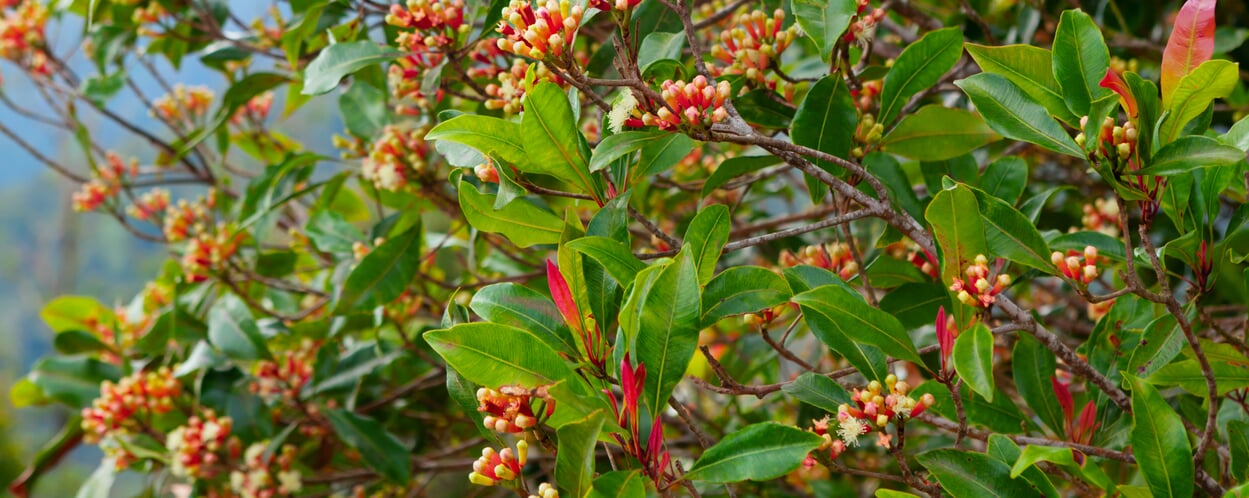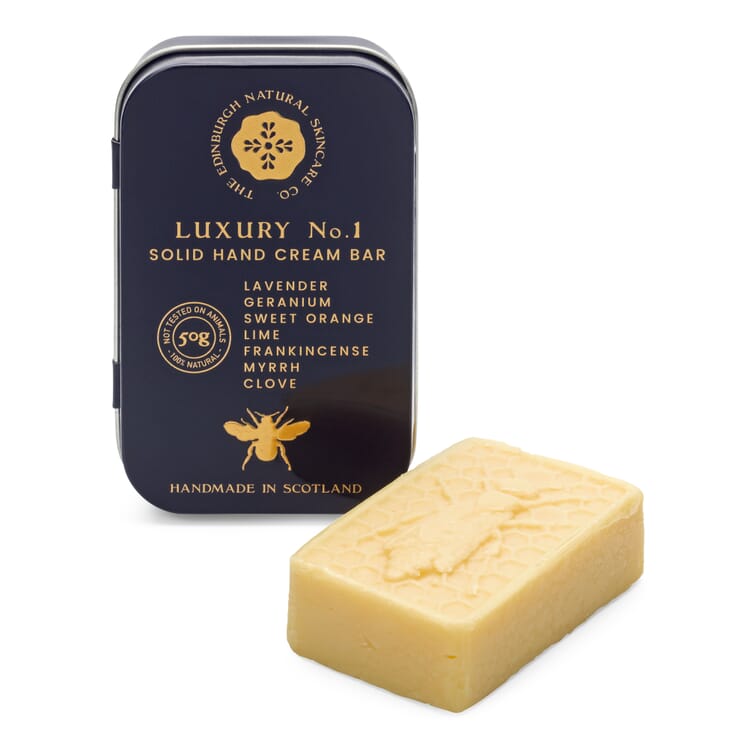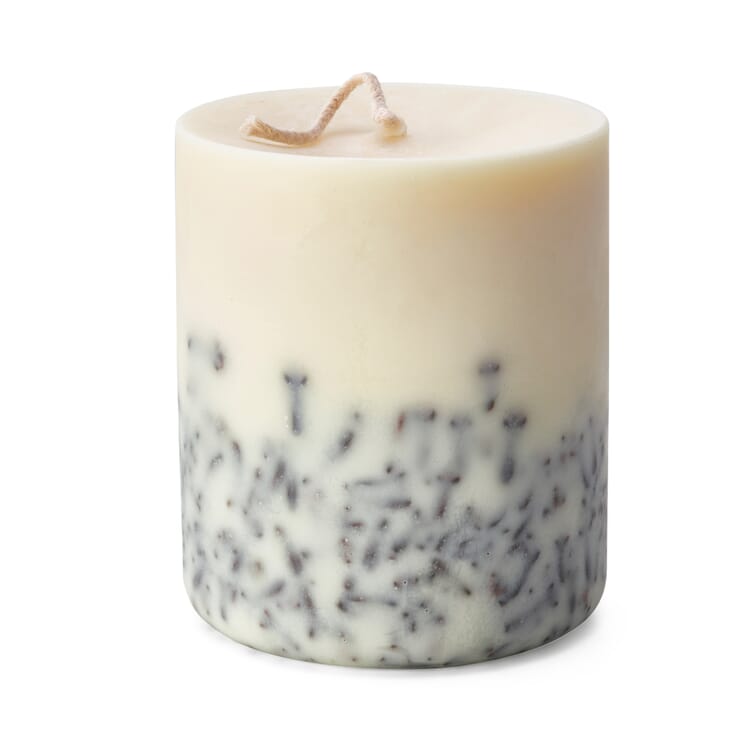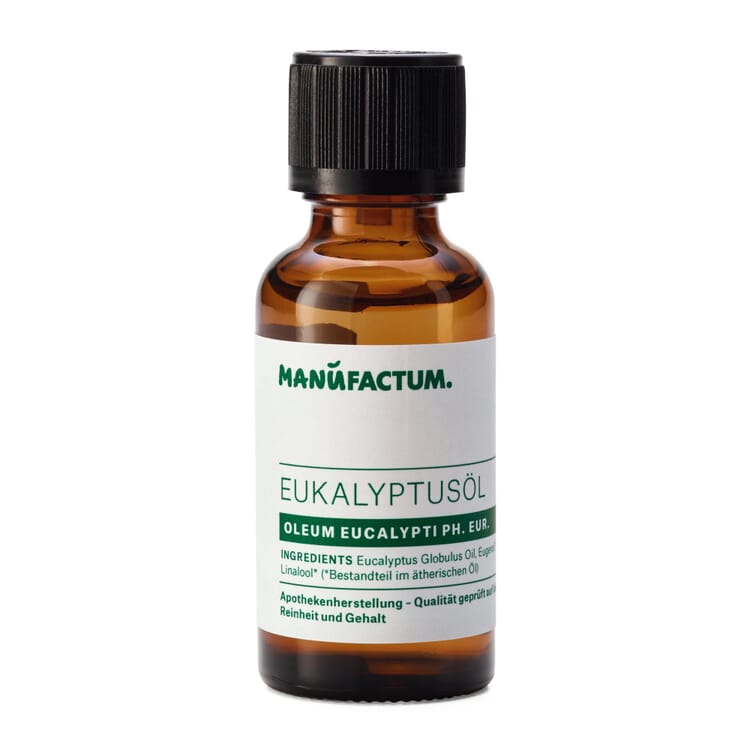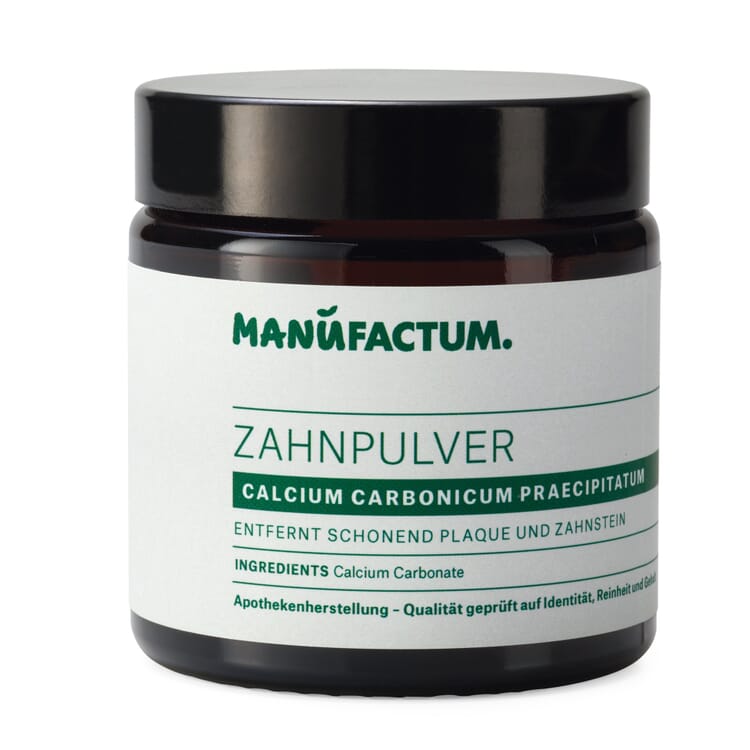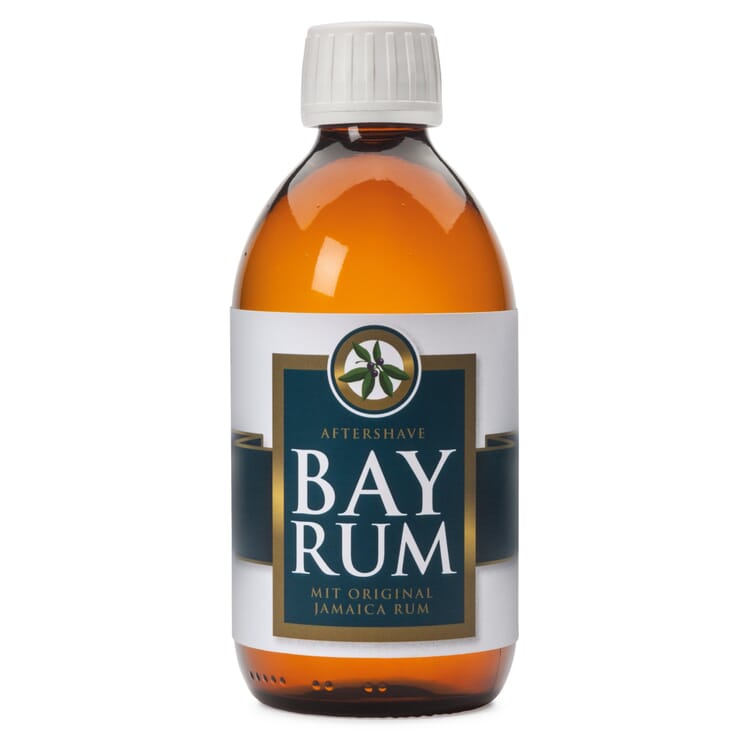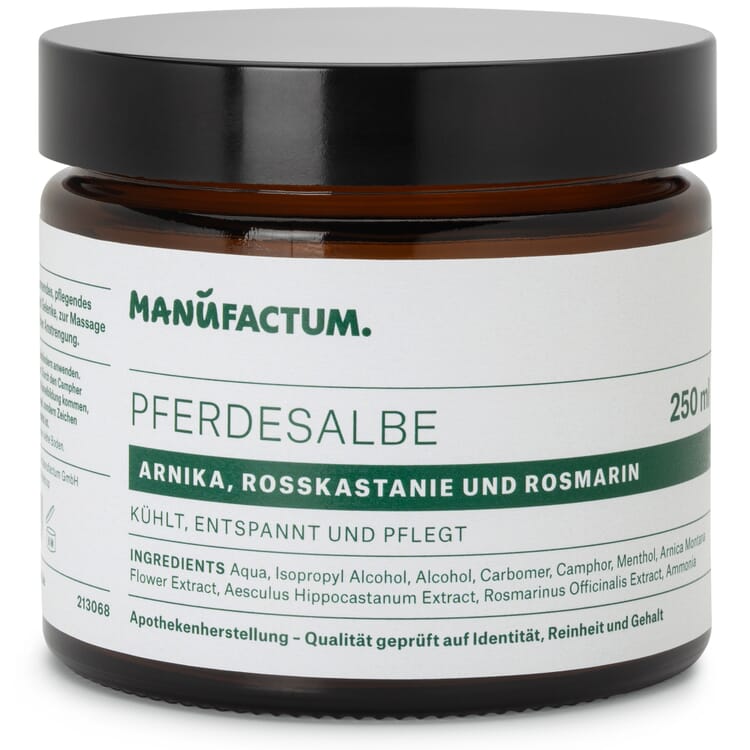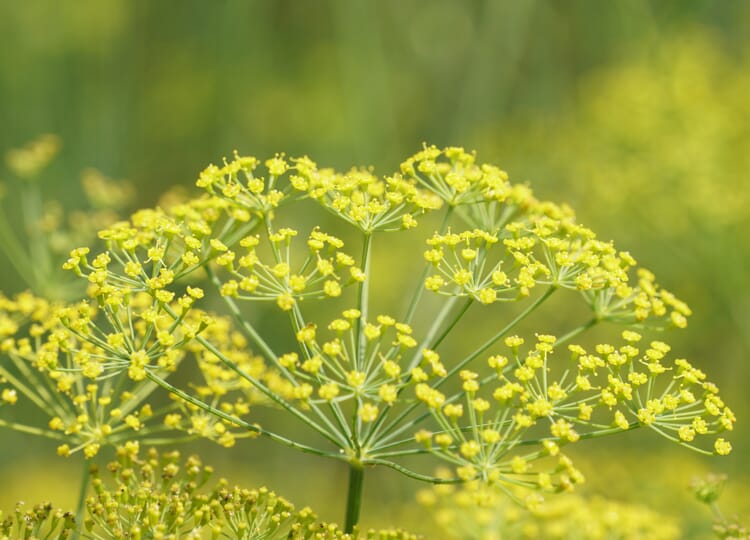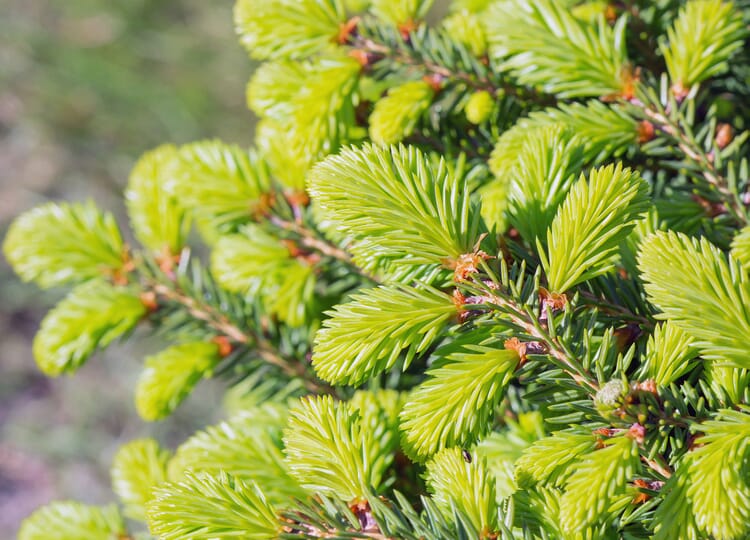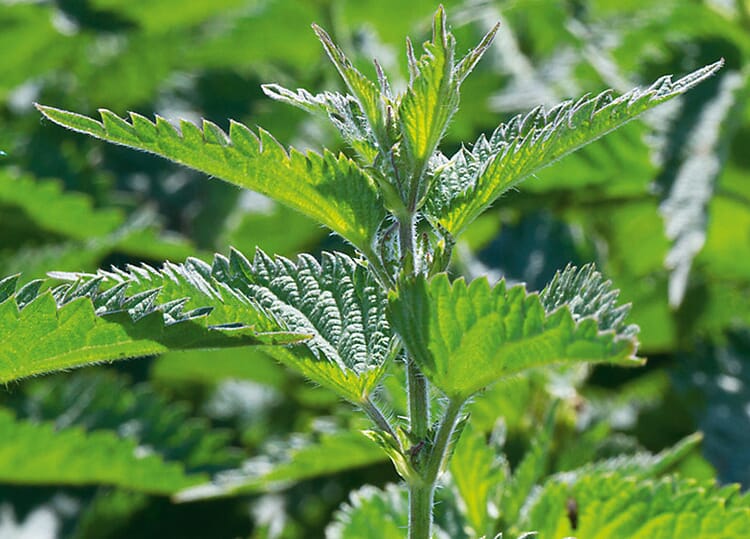Medicinal plants A|B|C
Clove tree (Syzygium aromaticum)
The evergreen clove tree is a child of the tropics; heat and humidity of up to 100 percent are just right for the tree, which can grow to about 12 meters high and 130 years old. Its dried flower buds are used as a spice and also as a remedy; because they resemble small nails in shape, they used to be called "little nails." The power of the medicinal plant of the year 2010 can be easily tested: if you bite on a clove, you will feel a burning sensation on your tongue and the slight anesthesia.
Origin and cultivation.
The original home of the clove tree is the Moluccas, which lie to the west of New Guinea and were formerly known as the "Spice Islands"; wild specimens can still be found here. As early as late antiquity, the sun-dried, reddish-braun colored flower buds came to Europe as a precious spice via caravan routes. Today, the trees are cultivated on Madagascar, Zanzibar, Sri Lanka and in many other coastal regions. The buds, which are about to blossom, are harvested twice a year: once from July to October, then again in December.
Ingredients.
All parts of the clove tree contain clove oil, but the flower buds have the highest content: up to 20 percent; in addition, there is a high proportion of antioxidants. Good quality cloves can be recognized by the fact that they secrete some oil when pressed with a fingernail. Because clove oil is heavier than water, cloves sink to the bottom of a glass of water or stand upright in the water. If they float flat on the surface, they are old and inferior goods whose oil has already evaporated. The main component of clove oil is eugenol, which has a disinfectant, antiseptic and local anesthetic effect.
Products with clove
Use of clove oil.
- The disinfecting effect of clove oil is used, for example, in mouthwashes and gargle solutions. An old household remedy is to bite on a clove with the affected tooth in case of acute toothache until it has almost dissolved. This also helps with inflammation in the mouth.
- Clove oil stimulates digestion, so it also helps against flatulence and bloating.
- Externally, it is used against acne caused by bacteria.
- Clove oil is added to perfumes and insect repellents, in the first case to attract bipeds, in the second case to drive away annoying six-legged creatures.
If you have ever wondered why the lullaby "Guten Abend, gute Nacht" ("Good evening, good night") set to music by Johannes Brahms says: "... mit Näglein besteckt, schlupf unter die Deck" ("Cloves covered with little nails, slip under the deck") - what is meant, of course, are the precious cloves.
Exclusive Manufactum body care products
Recommended Topics
The leaves of the sun-hungry umbellifer, which grows up to two meters high, are strongly pinnate, so that only a little water evaporates over the small leaf surface. Another adaptation of the fennel to the dry locations of its original home in the Mediterranean are the thickened lower leaf stalks. They form a pseudotuber with a storage function, which is particularly fleshy in the case of vegetable fennel. The yellow flowers of the fennel appear from July to September in large, plate-shaped double umbels.
View moreFree-standing spruces grow 30 to 40 meters high, in dense stands they even stretch to 60 meters. Their sharp, piercing needles sit on small stems, and the hanging cones fall to the ground as "fir cones" in the fall. The spruce was named Tree of the Year 2017 because it does not tolerate a lack of water or waterlogging. It will therefore not cope well with the expected climatic changes - Germany's most common tree species could soon become rare.
View moreNettles are unmistakable because of their stinging hairs - even in the Middle Ages, a botanist joked: "The stinging nettle is the only plant that can be seen at night." The great stinging nettle is perennial and reproduces essentially vegetatively by runners. The plant is dioecious, which means that there are male and female specimens - so if you want to collect nettle seeds, for example, you will only find them in the female plants.
View more
